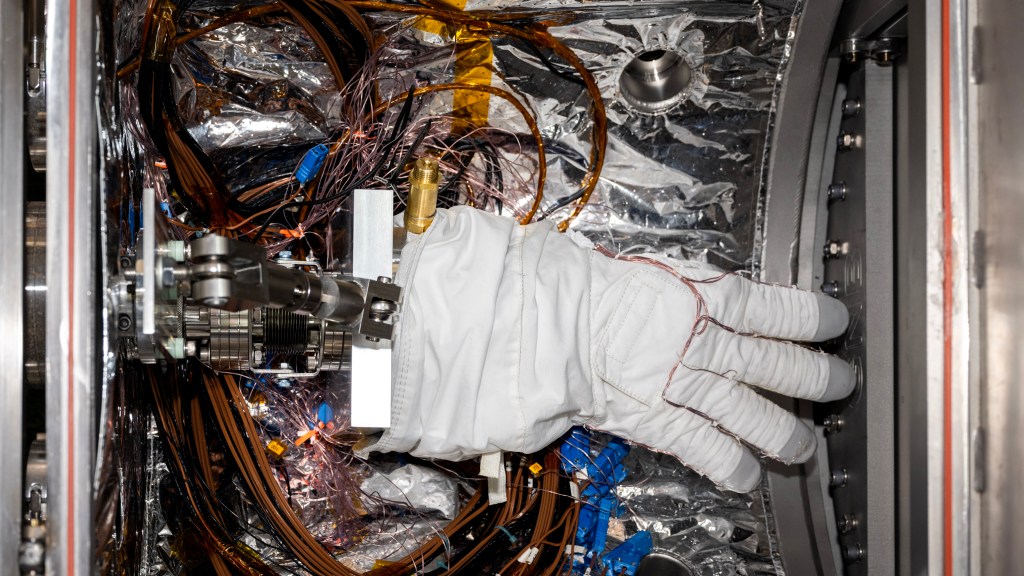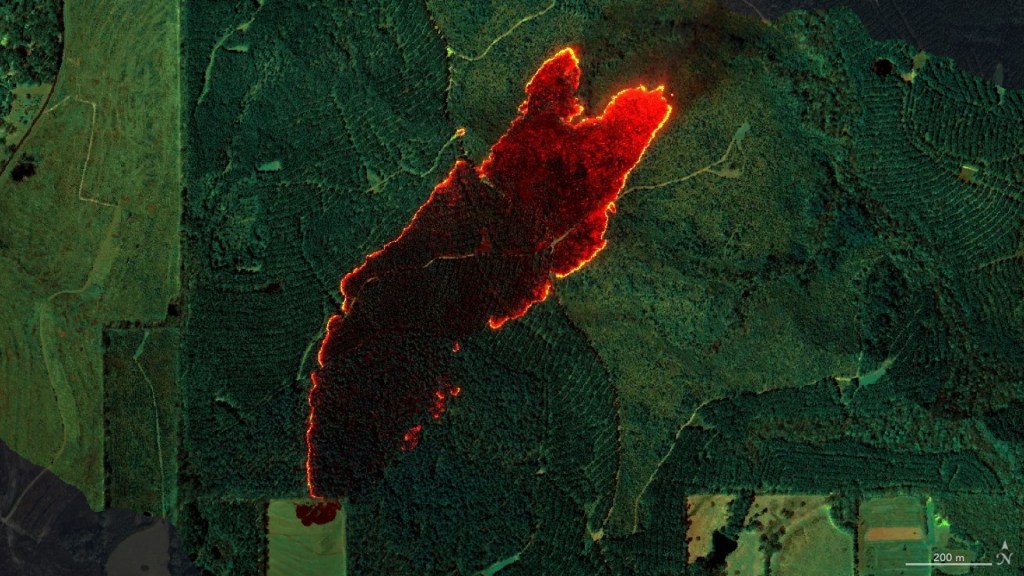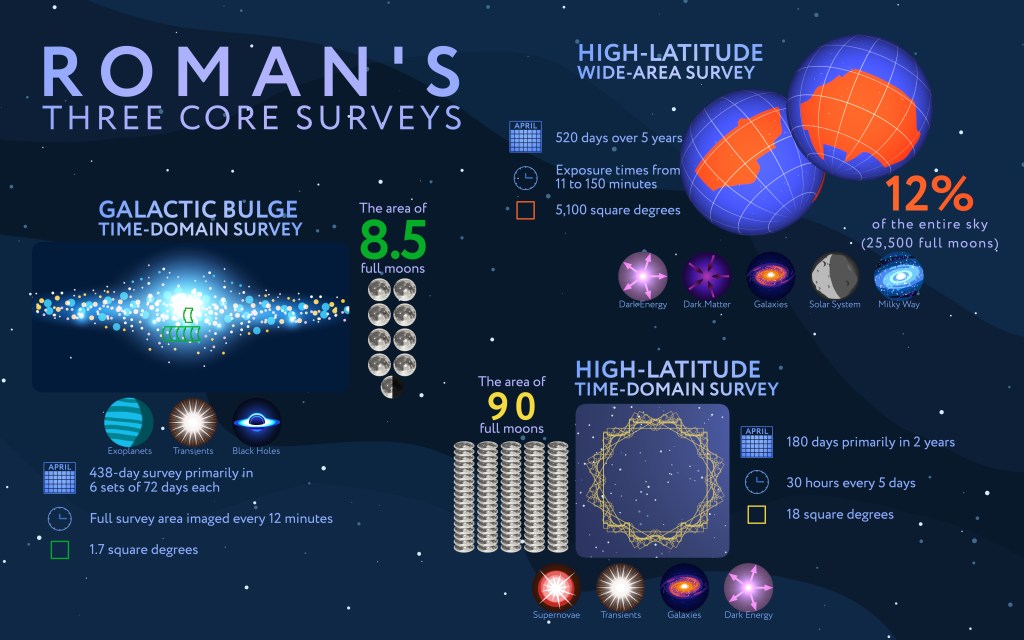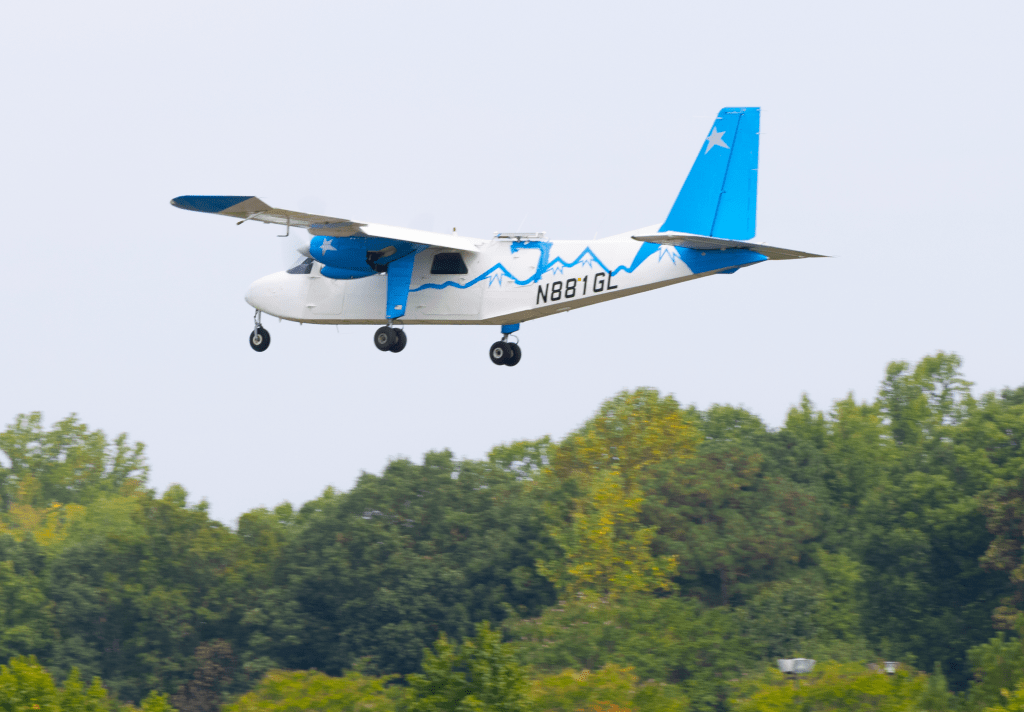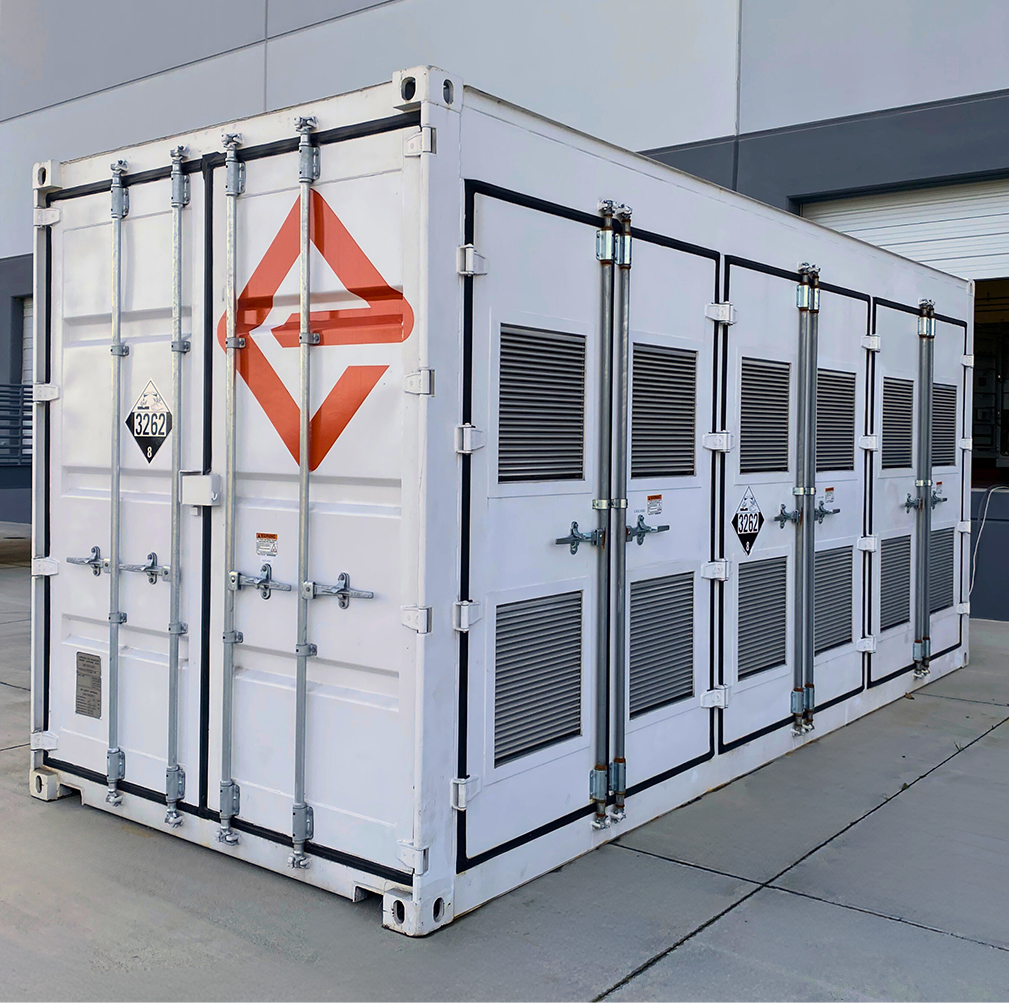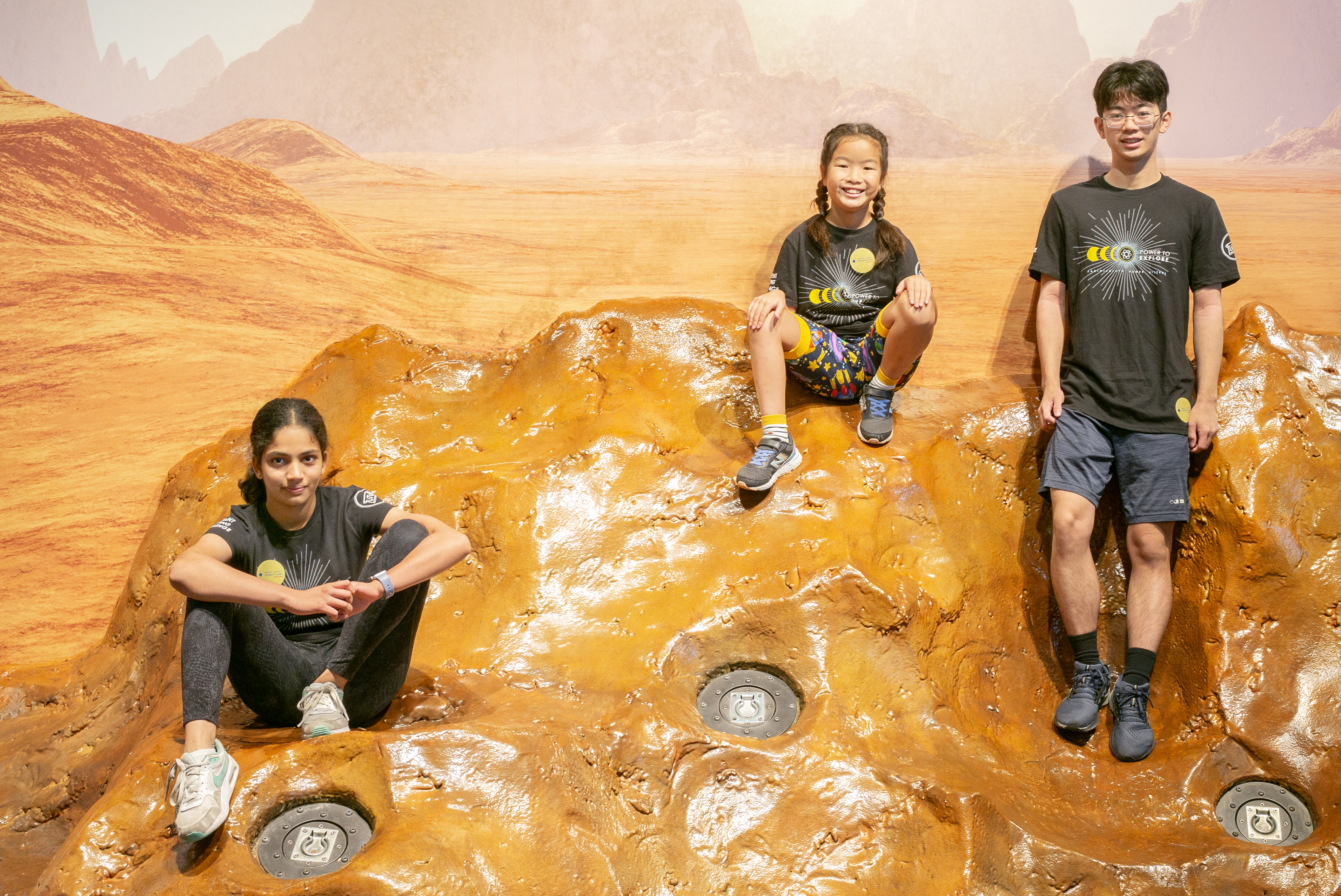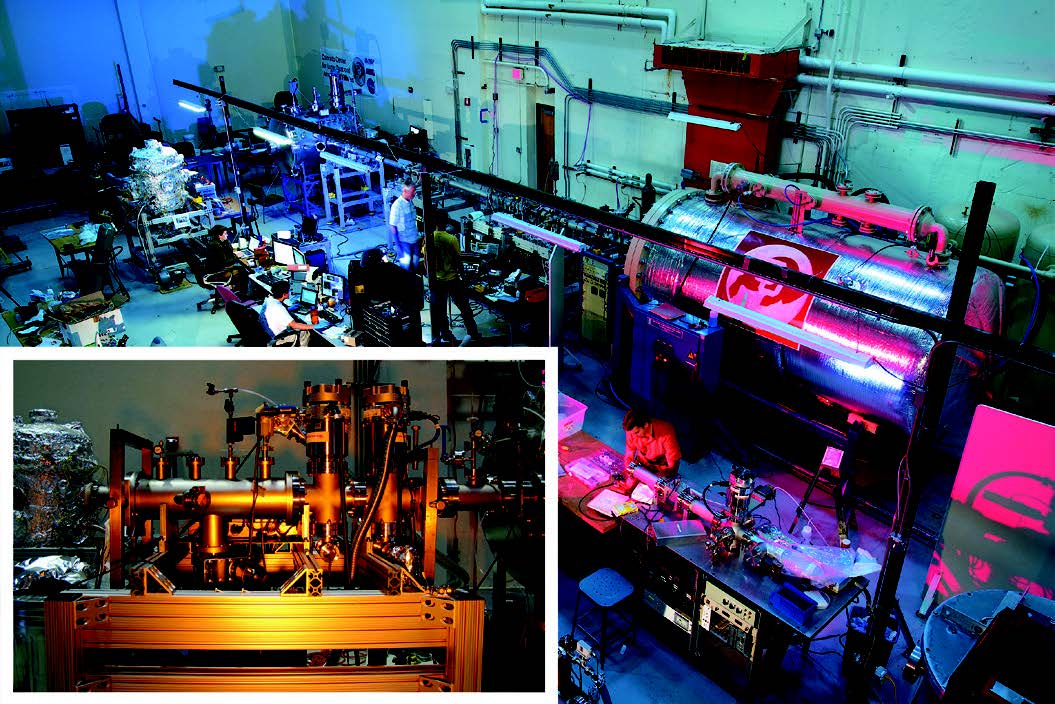This blog post originated in the 2015 Science Mission Directorate Technology Highlights Report (2 MB PDF).
Technology Development: In the last three years, a NASAsponsored team at the University of Colorado has developed a facility that allows “shooting stars” to be generated in laboratory conditions. The heart of this unique capability is a three-million-Volt electrostatic accelerator that is capable of accelerating small dust particles to velocities from 10- 70 km/s—roughly the range at which micrometeoroids enter Earth’s atmosphere and become “shooting stars.”
While some micrometeoroids are visible to the naked eye, most are observable only by sensitive instruments such as radars. Researchers use this new facility to learn about the behavior of different types of accelerated dust particles so that scientists can better interpret measurements made in the field. In the laboratory, the accelerated particles are introduced into a chamber with elevated gas pressure, where they are heated rapidly through collisions with molecules. The heat causes some or all of the particle material to wear away—a process called ablation. Sensitive electronic and optical sensors in the chamber detect the amount of ionization generated and the light emitted along the path of the ablating particles, allowing researchers insight into the process.
Impact: This new facility provides information about how dust particles made of varying materials undergo an elementary process that occurs in unique conditions that are difficult to simulate. The experimental data generated by this facility are being used to improve the interpretation of meteor radar observations, with the goal of resolving the total mass input and the origin of the extraterrestrial material entering Earth’s atmosphere.
Status and Future Plans: In 2016, the research team extended the facility to include the capability to spatiallyresolve optical observations, which provides critical information about the particles’ deceleration during ablation. The team also successfully developed and tested new dust samples consisting of more complex mineral (or rocky) materials for acceleration in the facility. Currently, the research team is working on using these new samples to simulate differential ablation, where the more volatile elements evaporate first from the particle, followed by the more refractory elements. The differential ablation of meteoroids is responsible for the metallic layers observed in Earth’s upper atmosphere, and characterizing this process in the laboratory will enable better understanding of observed data.
Sponsoring Organization: SMD’s Heliophysics Division sponsors development of the ablation facility through the H-TIDeS program, with Prof. Zoltan Sternovsky as the PI. The dust accelerator is operated by the IMPACT Institute (Institute for Modeling Plasma, Atmospheres and Cosmic Dust), a member of NASA’s Solar System Exploration Research Virtual Institute (SSERVI), which is supported both by SMD and the Human Exploration and Operations Mission Directorate.
Read more Technology Stories


